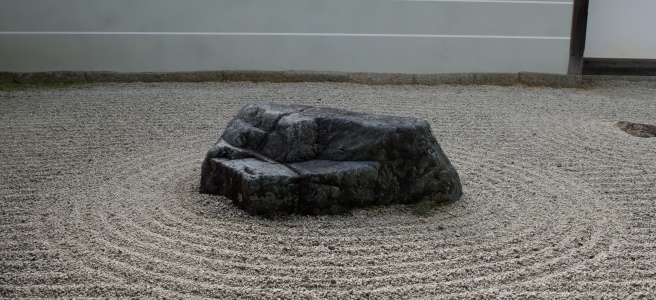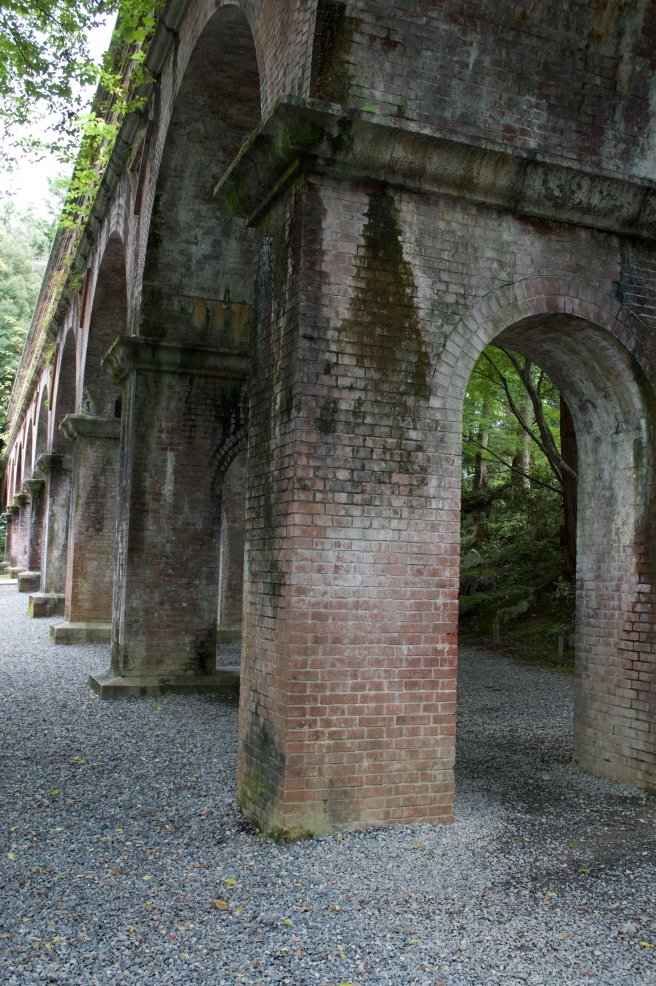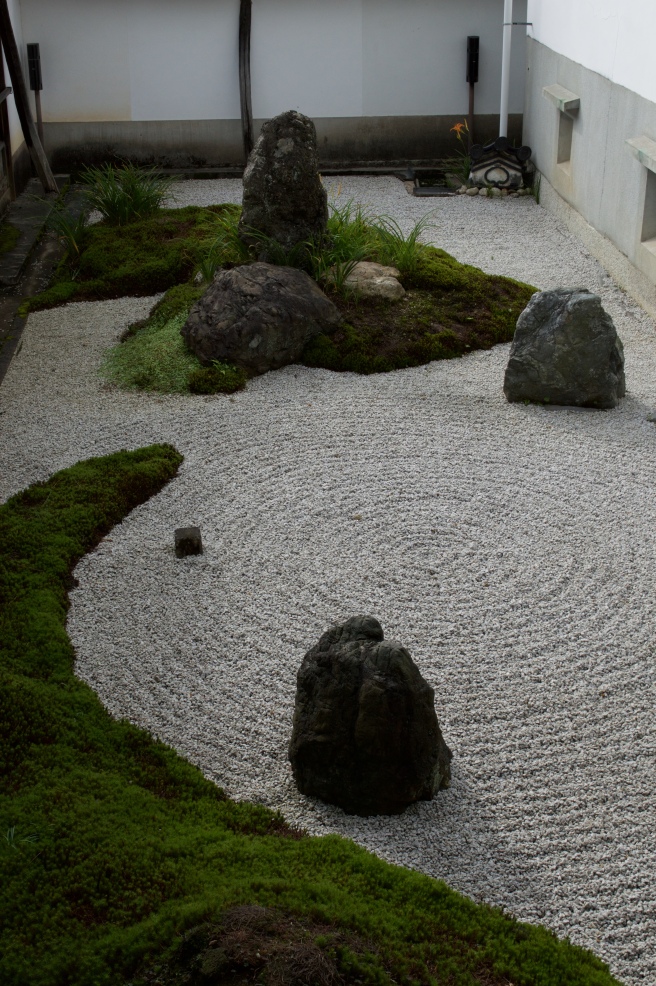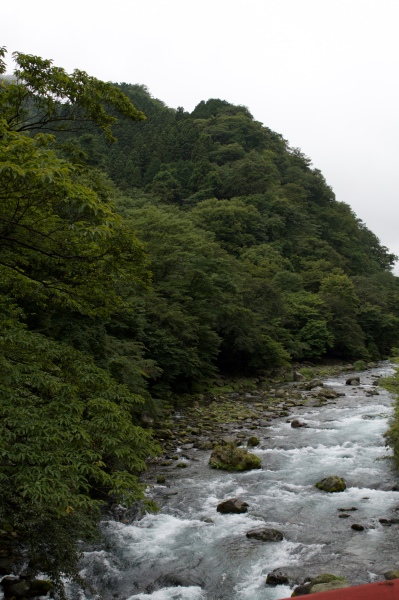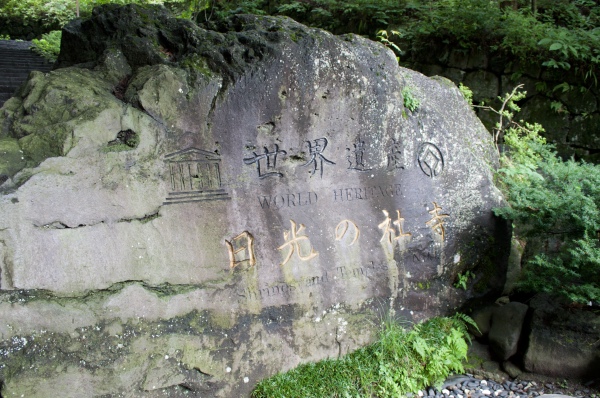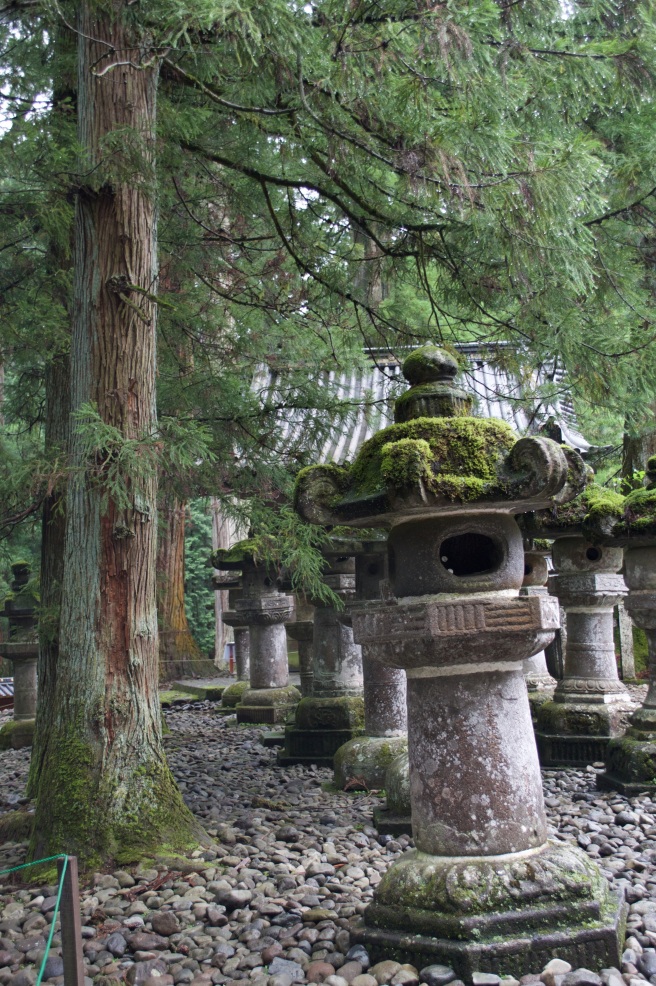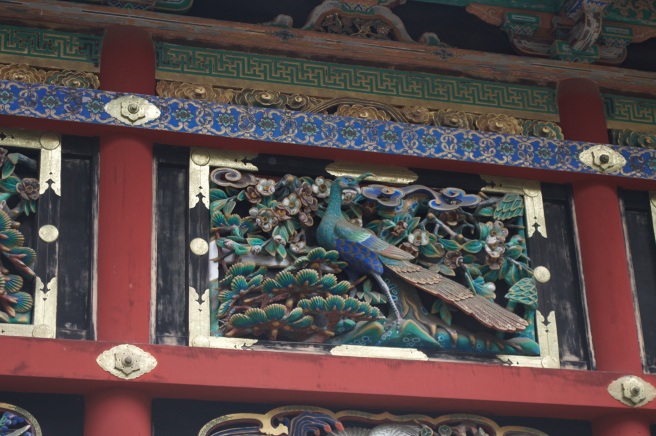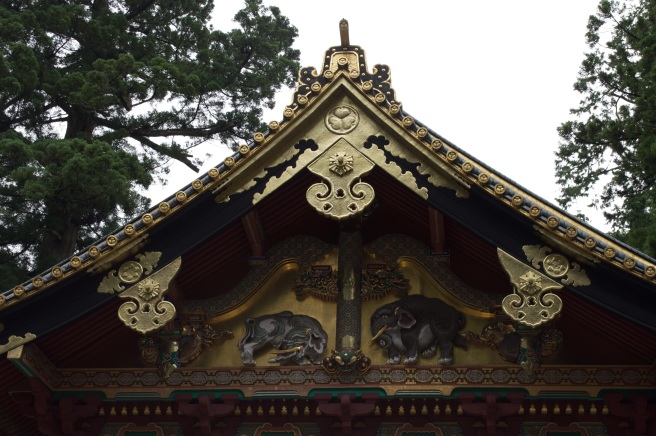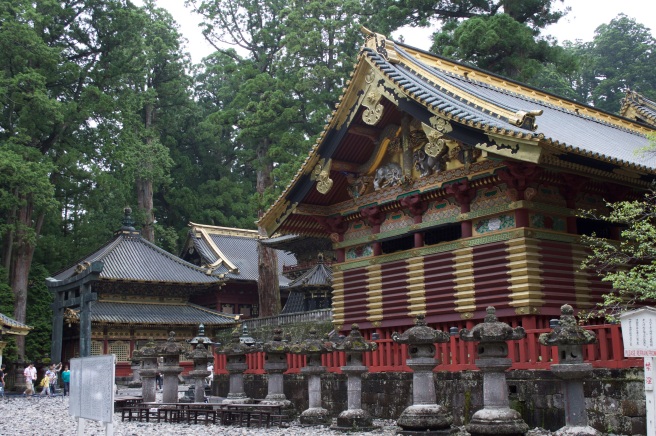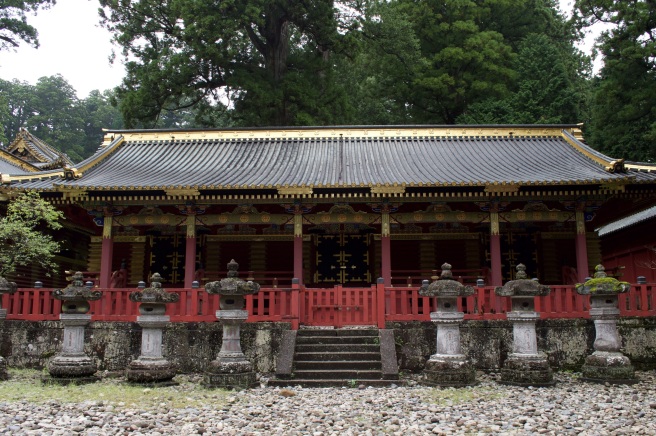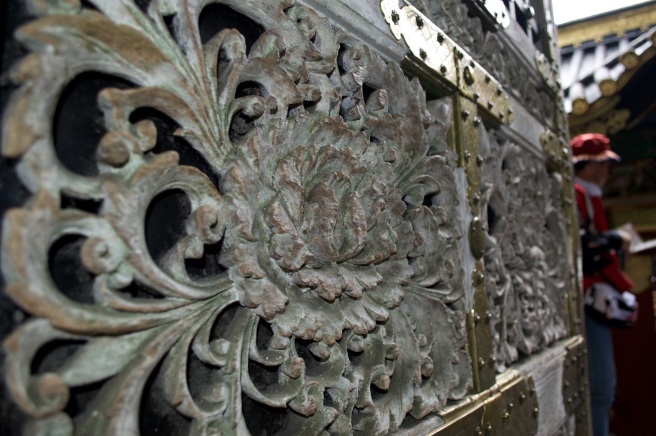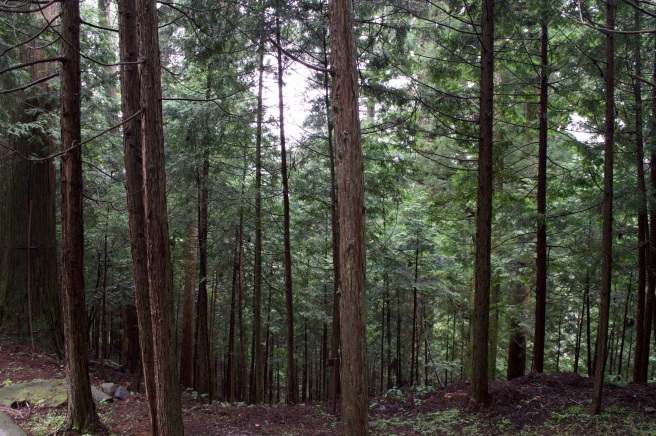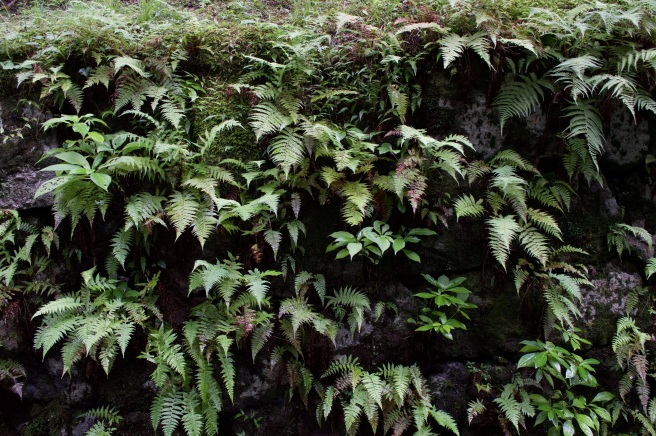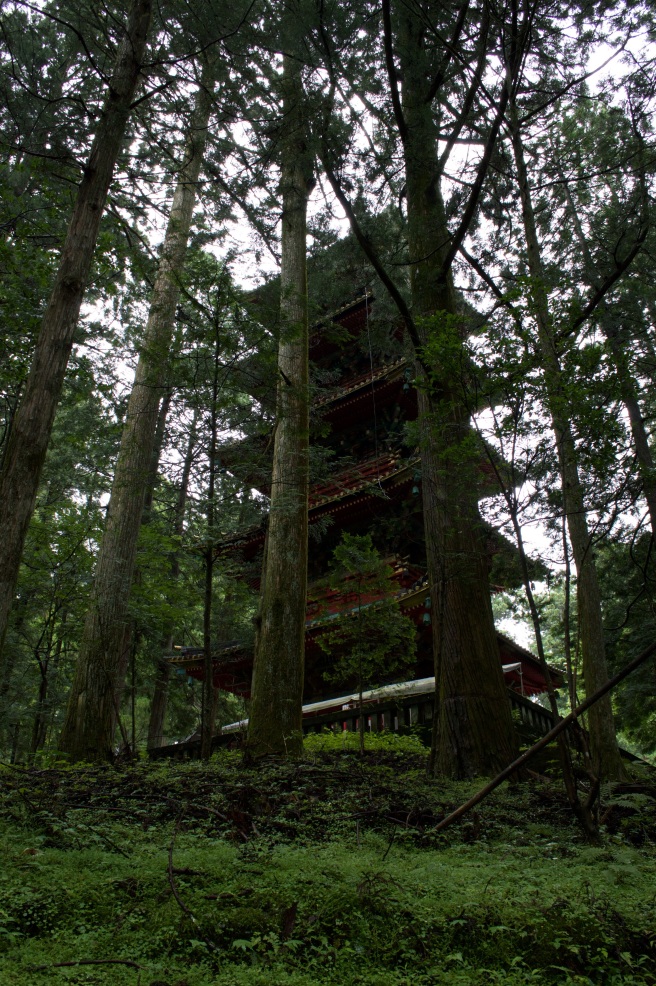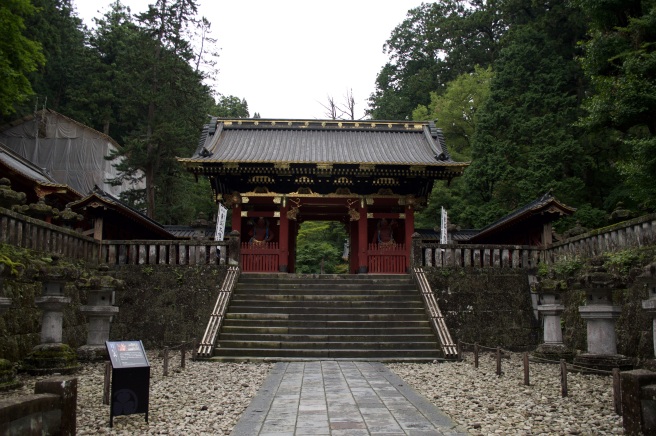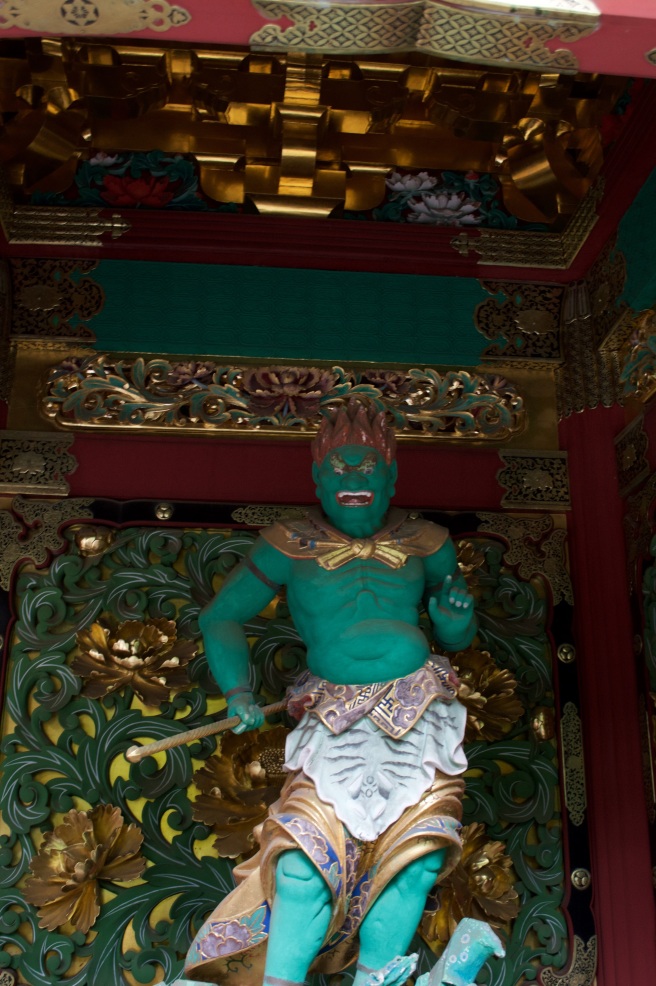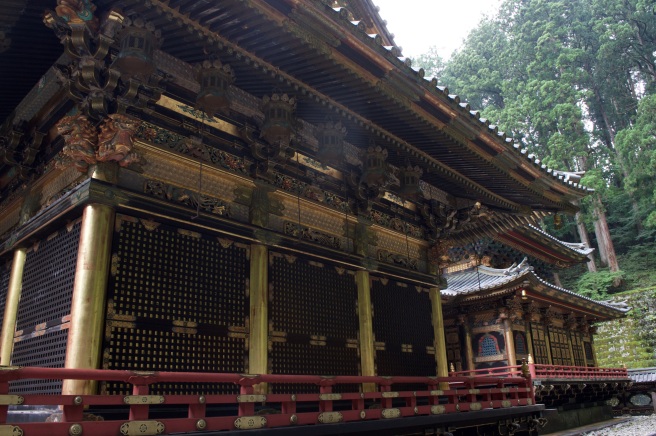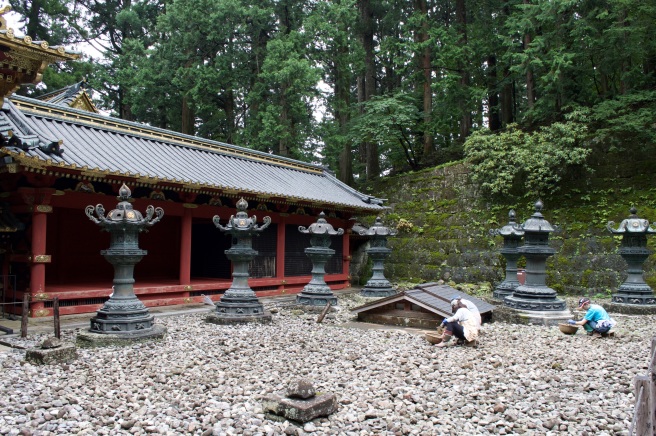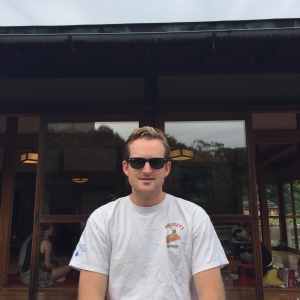For our final weekend in Japan we decided to save the best for last and visit Kyoto. The weekend was also the start of silver week (a series of holidays that fall in a row in Japan), which gave Andrew some additional days off and enabled us to have some extra time to explore the city (along with everyone else in the country):
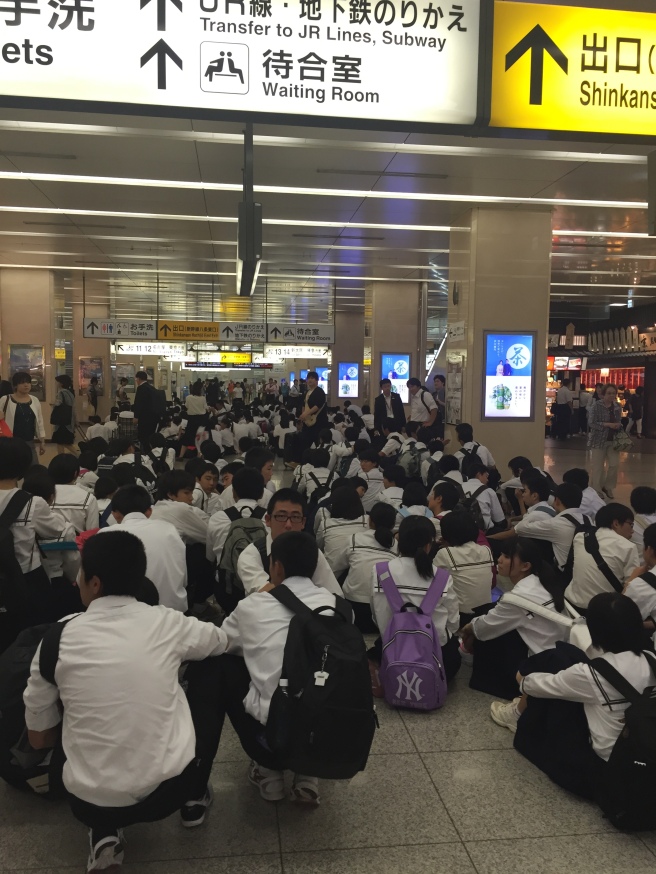
We took the shinkansen nozomi train from Tokyo station and arrived to Kyoto at noon, just in time to enjoy some ramen from one of the famous places within Kyoto station. On the 10th floor of the Isetan there are eight different ramen restaurants within feet of each other all offering regional variations on the iconic dish. We opted to visit Osaka-style restaurant Araumado, where they characterized their shoyu ramen as “pork bone soup ramen accented with fragrantly sauteed herbs and spices for a delicious savory taste” – it was excellent and I loved the perfectly chewy texture of the noodles.


We took a cab to our hotel, the Westin Miyako Kyoto and settled in before embarking on a walk to nearby Nanzenji Temple. Nanzenji is the head tempe of the Rinzaishu-Nanzenji school, which is one of the Zen sects of Buddhism. It was originally constructed in 1264 by Emperor Kameyama and later converted to a temple in 1291 and has been known as the center of “Gozan (five great temples) Literature.” There were several fires that destroyed the original buildings in the late 14th and early 15th centuries and the current structures were rebuilt during the Momoyama period between 1570-1600.
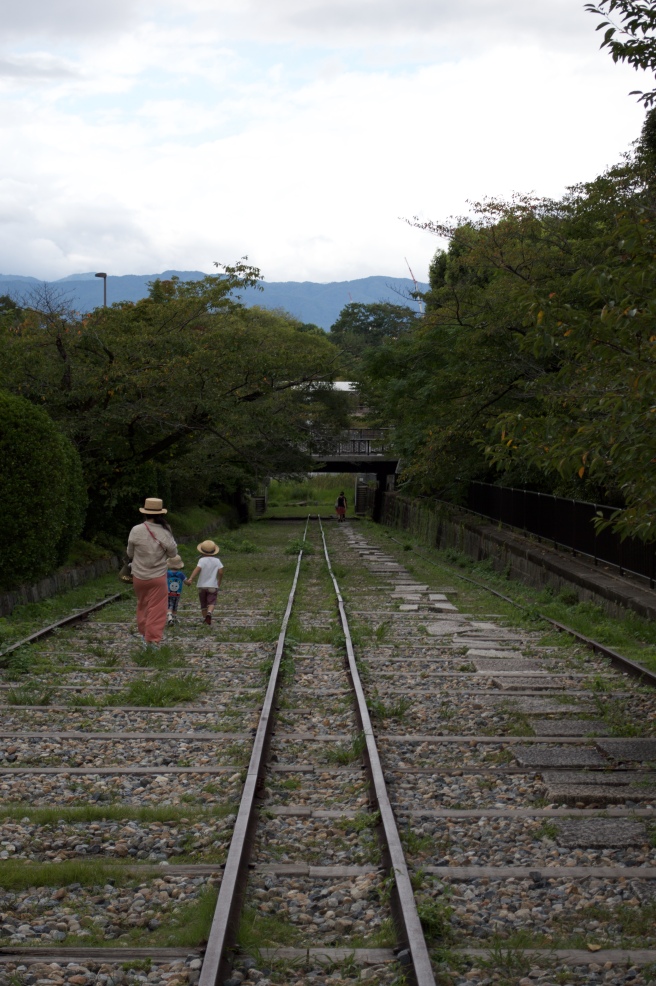

One of the main features of the Temple is the famous Hojo Garden, which consists of rocks and trees expertly grouped together at the end of a large open space. It was said to have been designed by renowned landscape architect Kobori Enshu.
Opposite the Garden sits Hojo Hall, which previously acted as the living quarters for a master priest of the Tepmle. It faces the garden and contains dozens of beautiful paintings on the sliding doors by Genshin Kano and Eitoku Kano, which have since been designated as National Treasures. Unfortunately they didn’t allow photographs of the paintings so you will have to visit and see for yourself!
We rounded out our visit to the Temple by enjoying tea overlooking a beautiful garden and waterfall:

 After a quick workout at the hotel we made our way toward the Nishiki Market and had dinner at a nearby sushi restaurant, which was quite tasty.
After a quick workout at the hotel we made our way toward the Nishiki Market and had dinner at a nearby sushi restaurant, which was quite tasty.

A busy first day in Kyoto!

